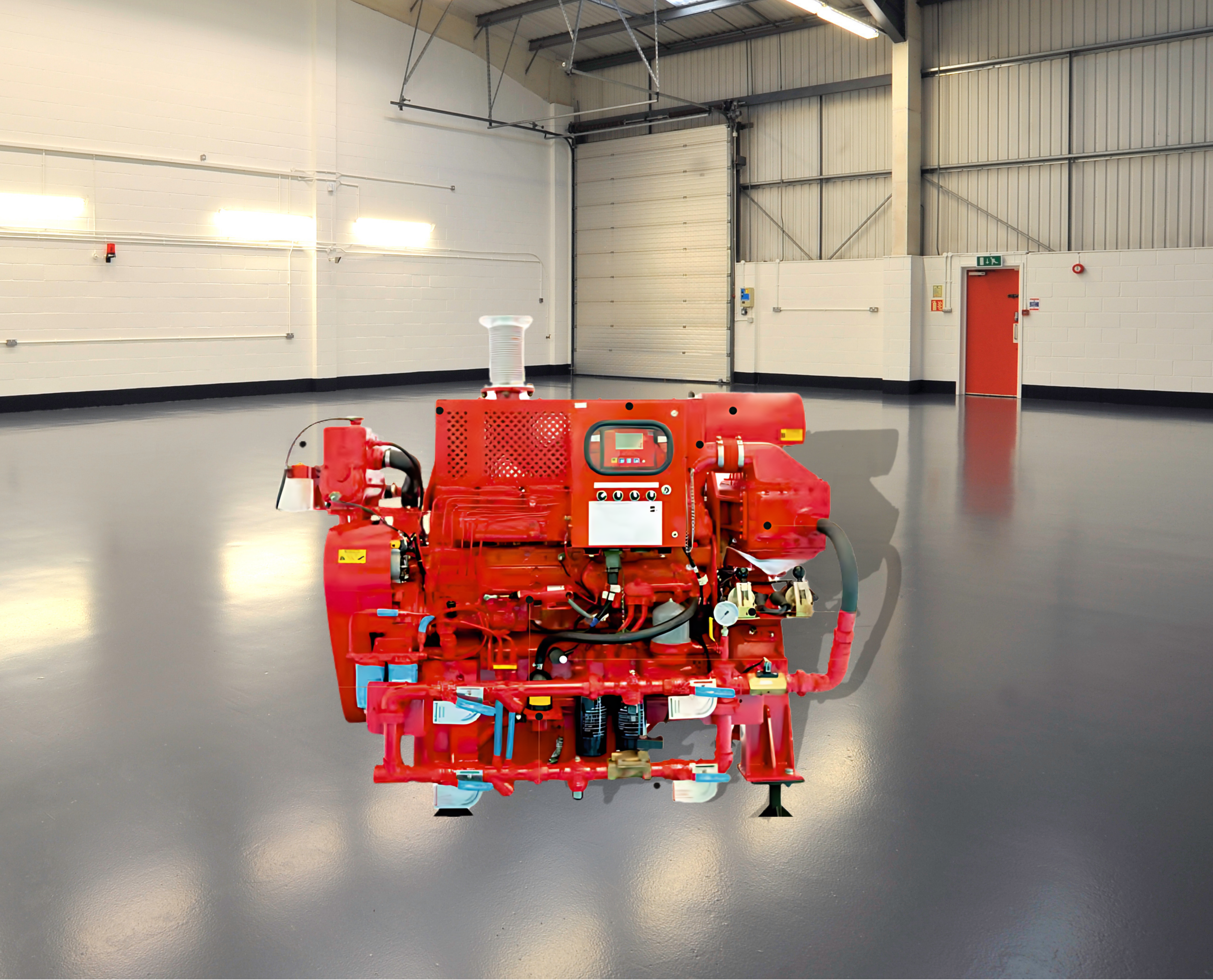
Understanding NFPA 20 Standards For Fire Pump Installation
When it comes to fire protection systems, compliance with international standards is essential to ensure performance and safety. One of the most important references in the fire industry is NFPA 20 — Standard for the Installation of Stationary Pumps for Fire Protection.
This standard defines the minimum requirements for the installation of fire pumps, including their location, ventilation, piping layout, and control systems.
Below are some key points every engineer, contractor, and facility manager should understand when dealing with fire pump installations.
Fire Pump Room Location and Accessibility
NFPA 20 requires that the fire pump room be easily accessible during emergencies.
It must be located in a non-flood-prone area, with enough space for maintenance and inspection. The room should have direct access from the outside or through a fire-rated corridor to allow quick entry for emergency personnel. Proper clearance between the fire pump, engine, and walls is also important typically at least 0.75 meters around the equipment, ensuring safe maintenance access and ventilation flow.Ventilation and Temperature Control
For diesel engine-driven fire pumps, ventilation is critical.
NFPA 20 states that the room should have adequate air supply for engine combustion and cooling, as well as exhaust outlets to discharge heat and fumes safely. The room temperature should be maintained above 4°C (40°F) to prevent the engine coolant and lubricants from thickening. If the ambient temperature is lower, heating systems or jacket water heaters must be installed.Separation of Electrical Equipment and Control Panels
Another crucial point from NFPA 20 is maintaining a safe distance between the diesel engine and the controller panel.
This helps reduce the risk of electrical failure due to vibration or heat exposure. Typically, the control panel should be mounted on a vibration-free surface and positioned within the operator’s clear line of sight from the pump.Suction and Discharge Piping Layout
NFPA 20 emphasizes that suction piping should be designed to minimize turbulence. The suction pipe must be short, straight, and properly sized to avoid cavitation and ensure steady flow into the pump. A minimum of 10 times the pipe diameters of straight pipe is required. On the discharge side, valves and gauges must be installed in accordance with the standard to allow accurate pressure monitoring and control.
Testing and Maintenance Accessibility
The NFPA standard instruct that installations include adequate space and piping arrangement for the fire pump system. A crucial test and system check is required to confirm that all critical components are properly in place and that the fire pump is performing in accordance with its design requirements. Furthermore, adhering to regular inspection and maintenance protocols, as outlined in NFPA 25, is essential to ensure the fire pump system remains reliably ready for operation at all times.